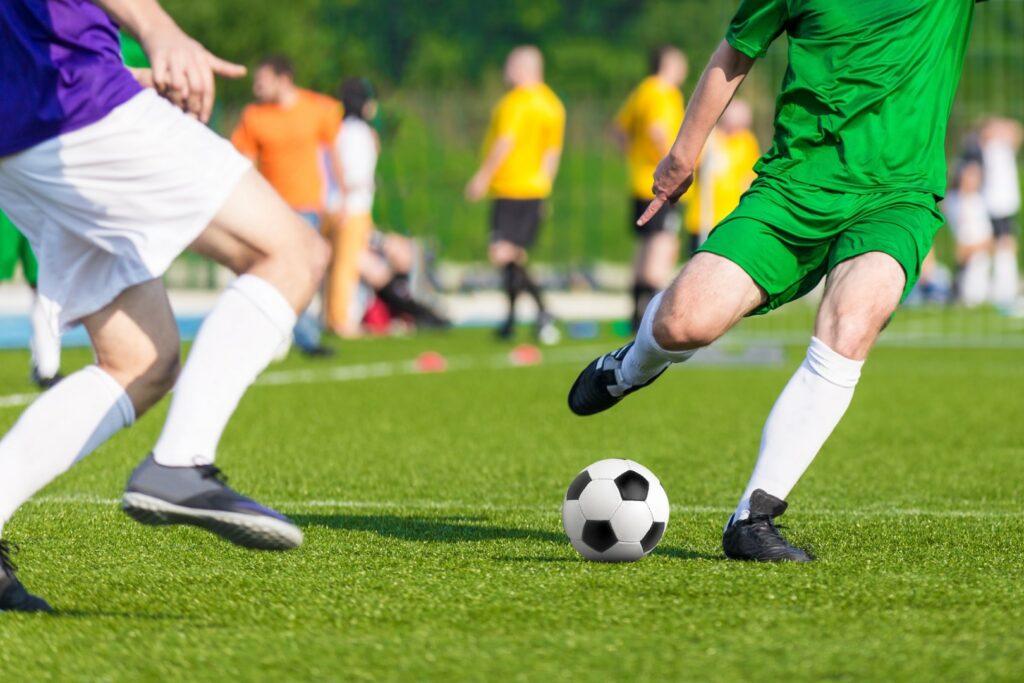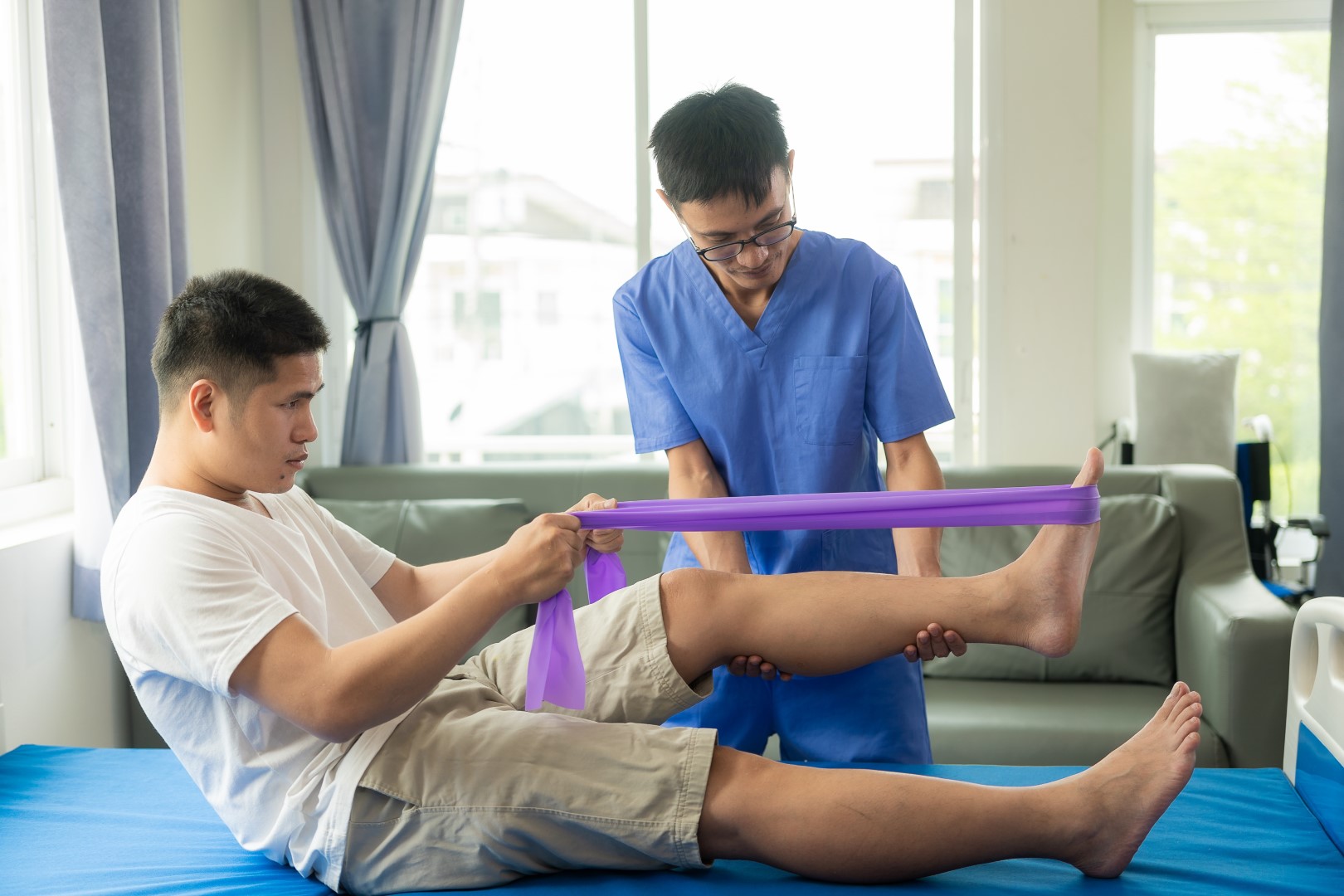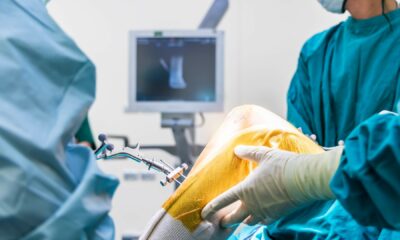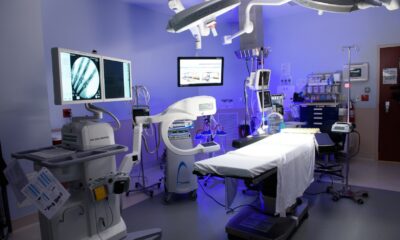Access your own patient portal, provided by NCSH.
Orthopedics
Recovering from ACL and Meniscus Surgery
Mon, May 06, 2024

Undergoing ACL tear surgery or meniscus repair is a big deal, but what if you have both injuries? Should you have both repaired together? In the past, surgeons might have done these as separate, invasive procedures. Today, it’s possible to complete both repairs with one, minimally invasive surgery. Here’s what you need to know if you’re facing this situation.
Understanding a Meniscus and ACL Tear Injury
 The knee is a complicated joint made up of bones and several types of connective tissue, including ligaments, tendons, and cartilage. The anterior cruciate ligament (ACL) is one of two cruciate ligaments that are inside the knee joint. The collateral ligaments are on the outside of the joint.
The knee is a complicated joint made up of bones and several types of connective tissue, including ligaments, tendons, and cartilage. The anterior cruciate ligament (ACL) is one of two cruciate ligaments that are inside the knee joint. The collateral ligaments are on the outside of the joint.
The ACL sits toward the front of the knee and prevents the tibia (shinbone) from sliding too far forward. It also provides rotational stability in the knee. The ACL is commonly injured in sports during sudden stops, rapid direction changes, and bad jump landings.
The knee has two pieces of cartilage, called menisci, that act as shock absorbers. They are situated between the thigh bone and the shinbone on the inside and outside of the joint. Sports injuries can lead to meniscus tears, but they can also result from degenerative diseases like arthritis.
Half of ACL injuries include damage to other areas of the knee. It is not uncommon to experience an ACL tear at the same time as a meniscus tear.
Benefits of Combining ACL and Meniscus Surgery
ACL tears are often more evident after an injury but are commonly associated with meniscus tears. They can be corrected together to reduce the total number of procedures and resulting complications.
While this type of surgery may seem more extensive, there are several benefits to consider when opting for a simultaneous ACL and meniscus repair:
- Improved Knee Stability. One of the main objectives of an ACL repair is to restore knee stability. By repairing the ACL and the meniscus together, it allows for a more comprehensive approach to knee stability.
- Faster Recovery Time. Combining the surgeries means that you need to go through the recovery process only once.
- Improved Long-Term Knee Health. When the ACL is torn, it can put excessive stress on the meniscus, leading to further damage. By repairing both structures together, it reduces the risk of future issues.
- Prevention of Secondary Injuries. Addressing both injuries simultaneously may prevent secondary injuries from occurring or worsening.
- Enhancement of Overall Function. Repairing both structures at the same time maximizes the chances of successfully restoring stability, reducing pain, and improving mobility.
Recovering from Double Surgery
Recovery from a procedure to fix both the ACL and a meniscus tear can take a few months or up to a year. Time for total recovery and a return to normal activities and sports varies depending on the patient. Your surgeon can give you a better idea of your own personal timeline and what to expect.
The ACL reconstruction is the part of the procedure that generally requires the most recovery time and postoperative rehabilitation. Adding meniscus repair generally does not significantly increase ACL surgery recovery time. A general timeline includes the following milestones and recovery activities:
- Surgery to 2 Weeks. Most patients are able to walk with support soon after surgery. Your surgeon will tell you when you can put full weight on your leg. Recovery activities include managing pain and swelling and working on range of motion. You should be able to return to work if your job is not physically demanding.
- 3 to 5 Weeks. After a couple of weeks you will work on range of motion and strength training in physical therapy. You will probably still be in a brace.
- 6 to 12 Weeks. At this point post-surgery, you shouldn’t have any swelling, range of motion should be complete, and you should be able to walk normally.
- 3 to 5 Months. Within about three months of surgery, you should have almost complete stability in the knee. You may be able to begin some sports-specific training if you are an athlete. Runners may be able to begin running again.
- 6 Months and Beyond. By six months, most athletes can begin doing more pivoting and agility types of exercises. Around nine months to a year, they may be ready for contact sports and full practice.
In addition to at-home recovery and physical therapy, you will have regular follow-ups with your surgeon. They will monitor your progress, address any issues, and adjust the recovery plan if necessary.
If you’re faced with the decision of whether to repair your ACL and meniscus together, it’s important to consult with a qualified orthopedic surgeon. They can thoroughly evaluate your injury, provide you with personalized advice, and guide you through the decision-making process. Learn more about our sports medicine team and how they can help you get back in the game.
RELATED NEWS

Robotic Knee Replacement Surgery: Your Questions Answered
Robotic knee replacement surgery is a cutting-edge procedure that uses advanced technology to assist surgeons in performing more precise and accurate joint replacements. As this innovative approach to knee surgery continues to gain popularity (it…
Continue Reading

Kyphoplasty: Understanding Your Options for Spinal Compression and Fractures
Back and spine pain can be very limiting. Compression fractures in the spine are common sources of pain with several treatment options. A procedure called kyphoplasty can help restore spinal stability and relieve pain. Learn…
Continue Reading

What Are 2 Warning Signs of a Rotator Cuff Tear?
Do you have sharp pain or weakness in your shoulder? They could be warning signs of a rotator cuff tear. NCSH explains what you must know and do.
Continue Reading
Stay Current
Educational Articles & More
View News & Press